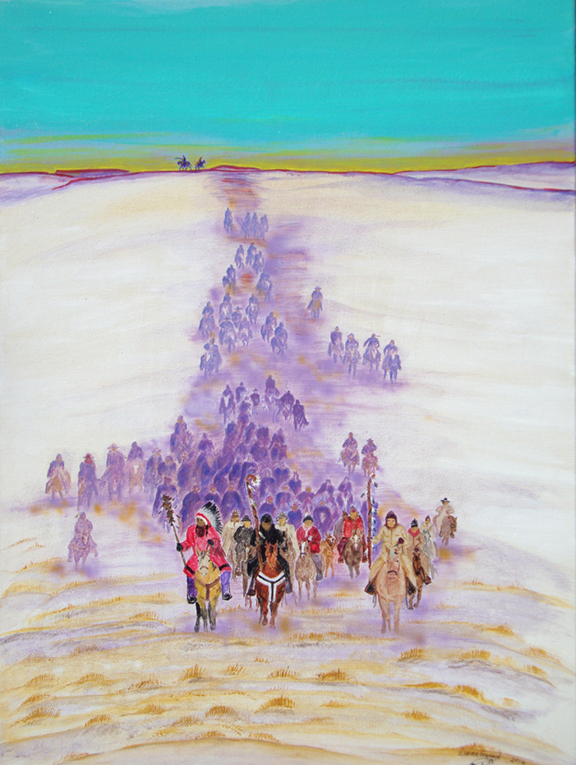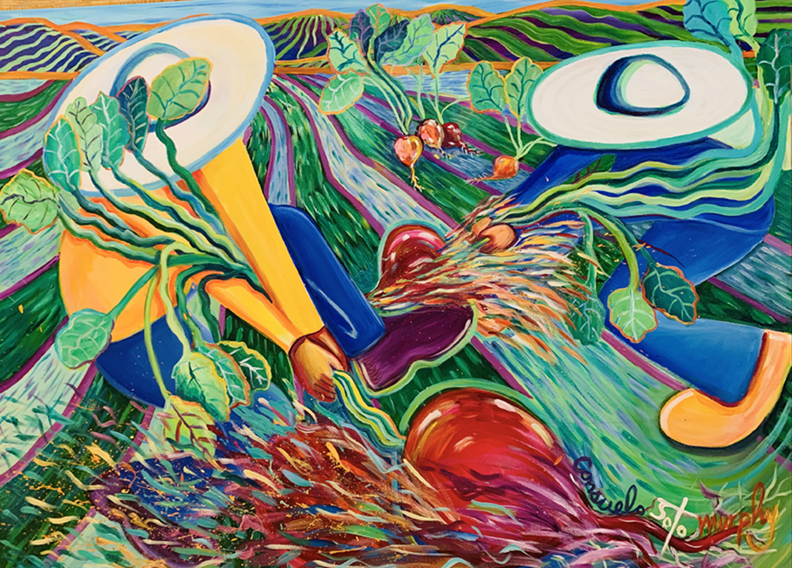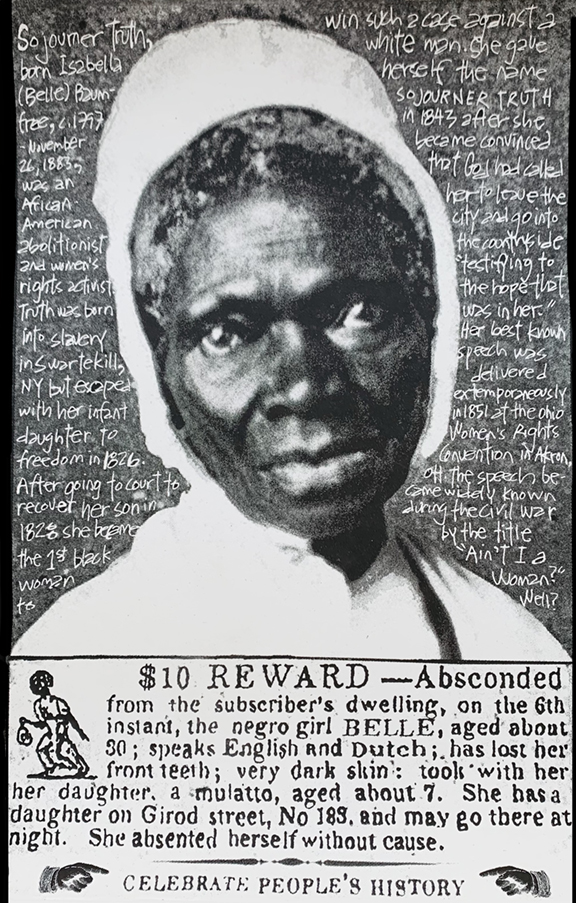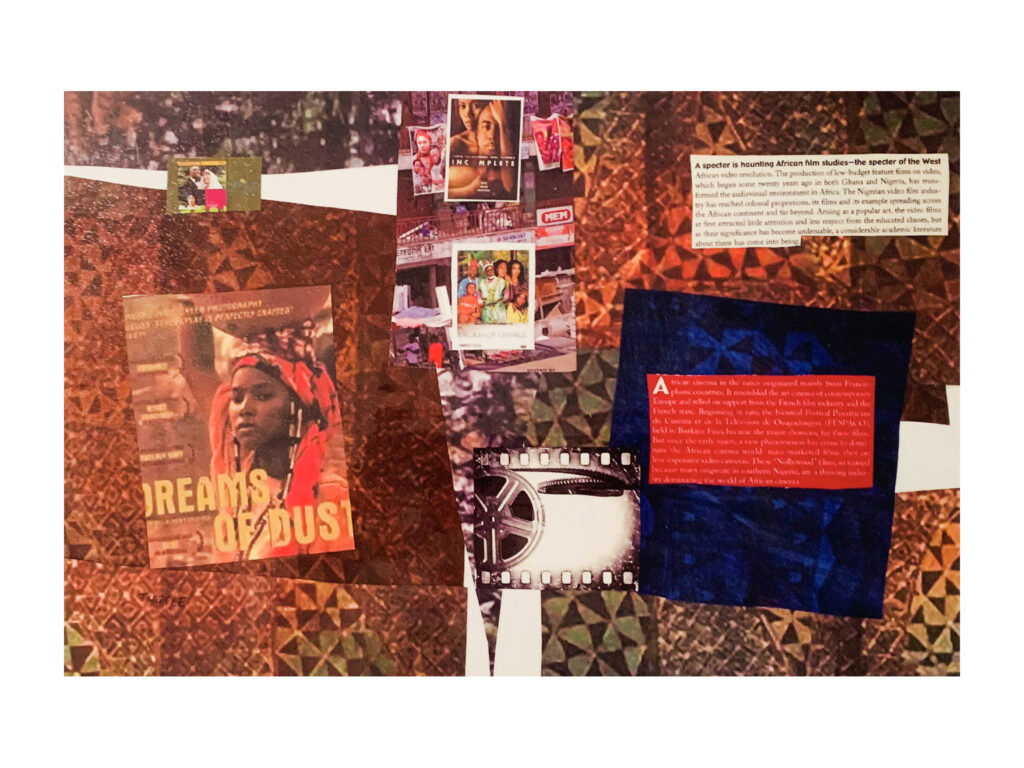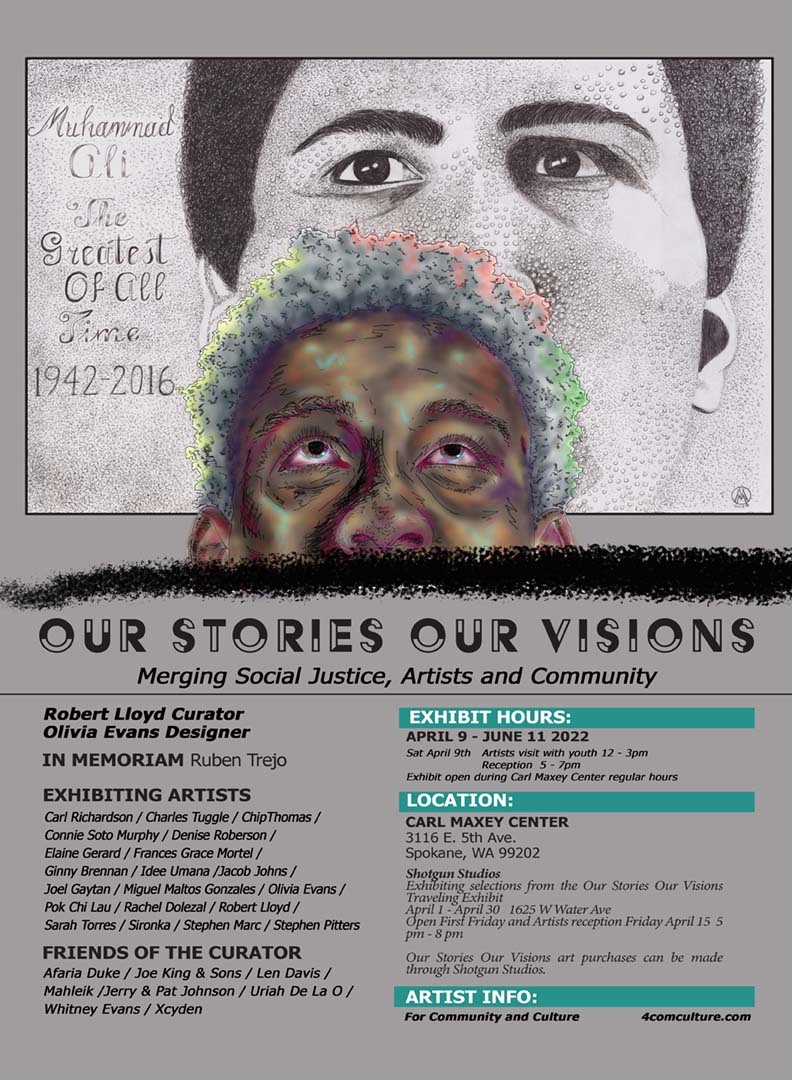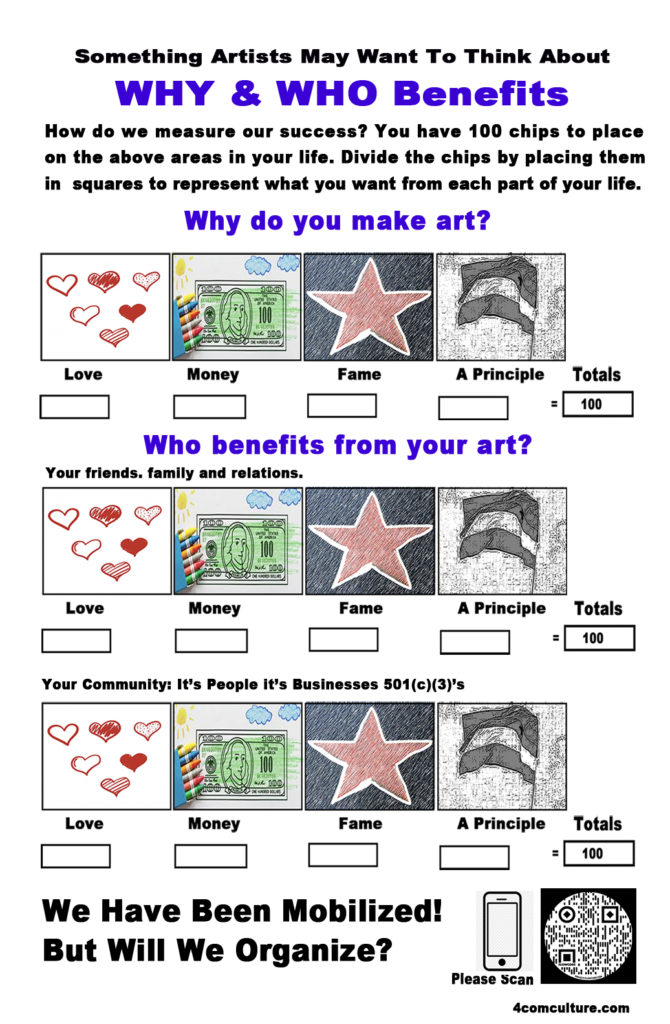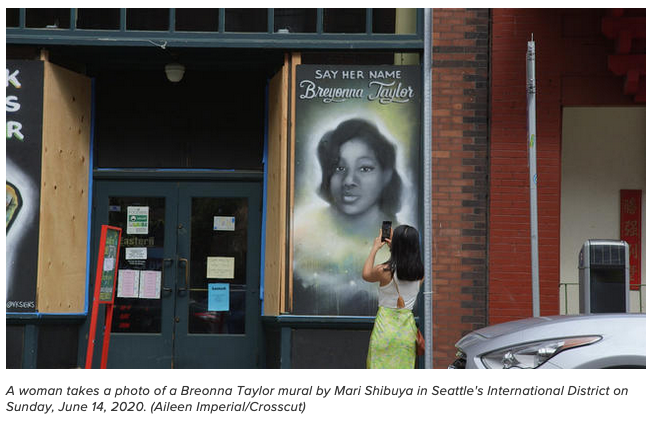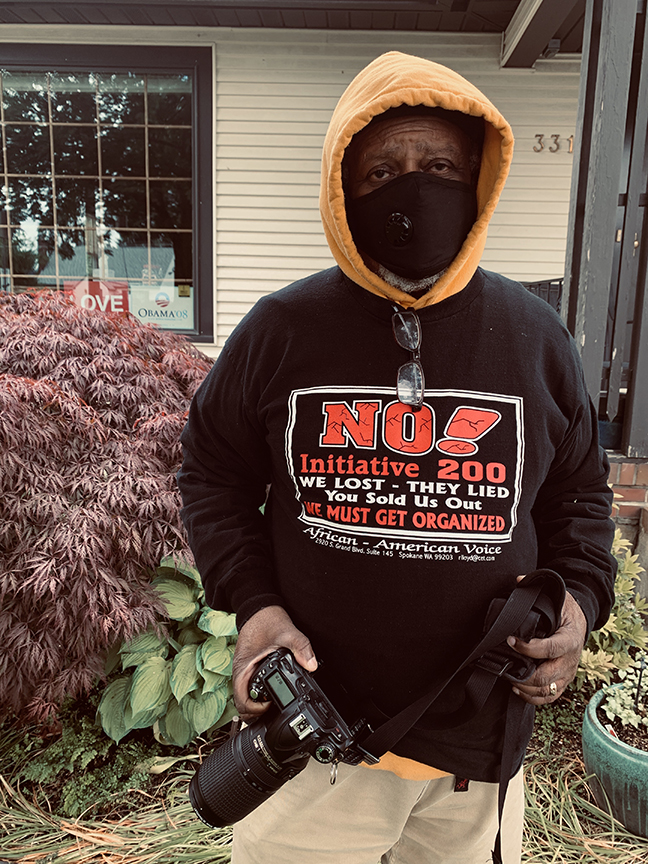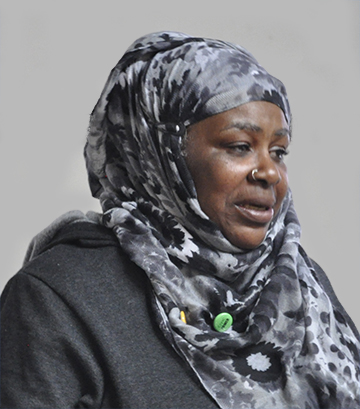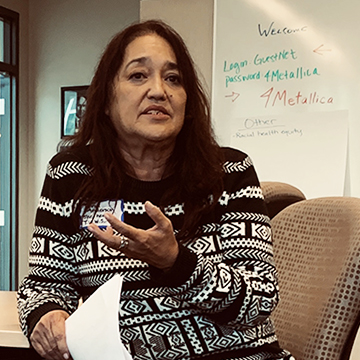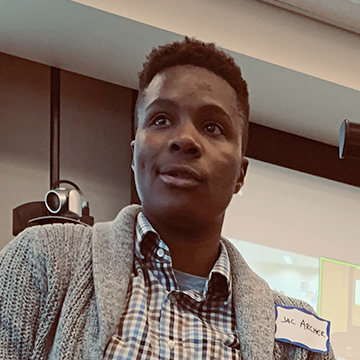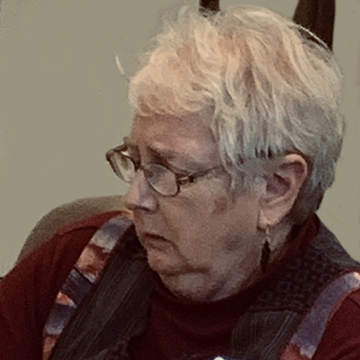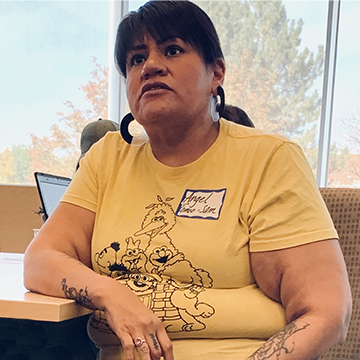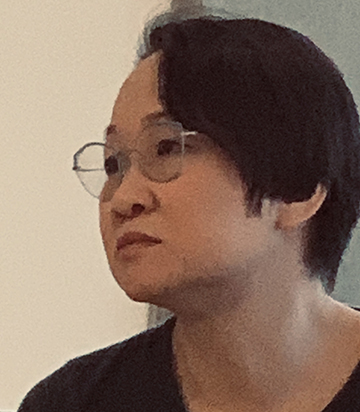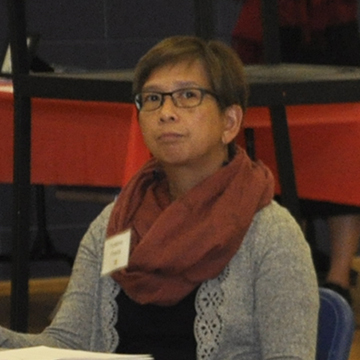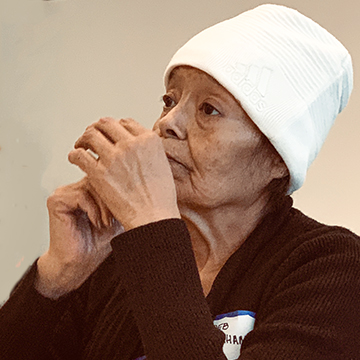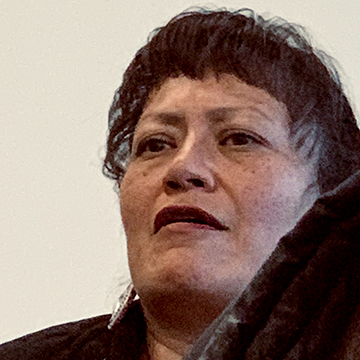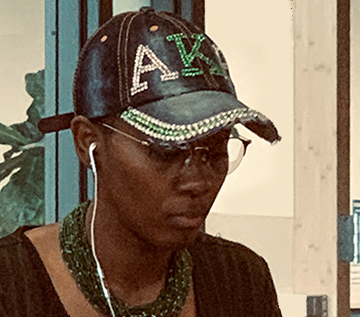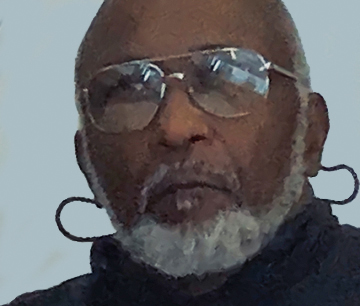Frances Grace Mortel
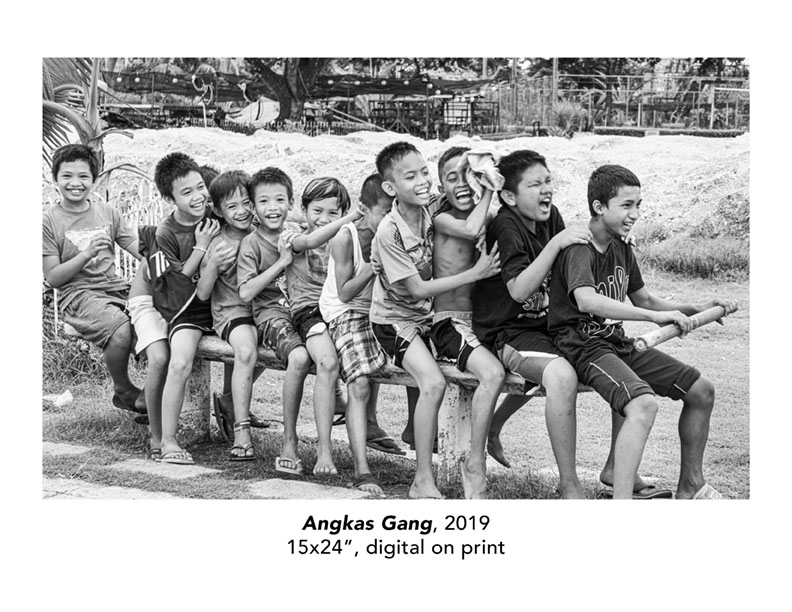
Biography
Frances Grace Mortel (she/her) is a photographer and filmmaker, born and raised in Manila, Philippines. She studied in University of the Philippines Film Institute (UPFI) and worked as art director/production designer for several film and television projects. She moved to Spokane, Washington in 2016 and completed the Digital Media Production program at Spokane Falls Community College (SFCC) in 2019. She graduated with a BA Film degree at Eastern Washington University (EWU) in 2021, receiving the Dean’s Student Excellence Award, Social Justice Advocate of the Year Award, and Achievements in Screenwriting and Criticism.
A member of Brown Girls Doc Mafia, Filipino American Artist Directory, and Spokane Film Project — she has exhibited in Terrain, FemFest Art Festival, Spokane Arts’ Saturate, Pagdiriwang’s Larawan in Seattle Center, and other group shows with local collectives such as LFrances currently works as Communications Specialist for APIC Spokane and serves as board member for Spokane Film Project. A member of Brown Girls Doc Mafia and Filipino American Artist Directory — she has exhibited in Terrain, FemFest Art Festival, Spokane Arts’ Saturate, Pagdiriwang’s Larawan in Seattle Center, and other group shows with local collectives such as La Resistance and Shades of Me. She participated in Santa Barbara International Film Festival – Film Studies Program (2020), Telluride Film Festival – Student Symposium (2021), and is part of the pilot batch of WA Filmworks Media Mentorship Program (2021). She recently won the Most Promising Filmmaker Jury Award at the Spokane International Film Festival 2022 for her short film, Dear Nanay, which also took the Honorable Mention Jury Award at the Local Sightings Film Festival 2021 and Cinemetropolis Award for Best Local Short at Seattle Asian American Film Festival 2022. You may find her upcoming exhibits and screenings here: mortelmedia.com/calendar
About her work
The challenges of being a mother, immigrant, and queer artist of color fuel her desire to tell empowering visual stories that expose human truths and stand for social justice. Frances is currently capturing conceptual portraits with focus on women and QTBIPOCs (Queer, Trans, Black, Indigenous, People of Color), exploring street reportages highlighting the working class, writing and producing fiction & non-fiction films about the plight of immigrants, and experimenting on other alternative and accessible ways to create intersectional and intergenerational media.

